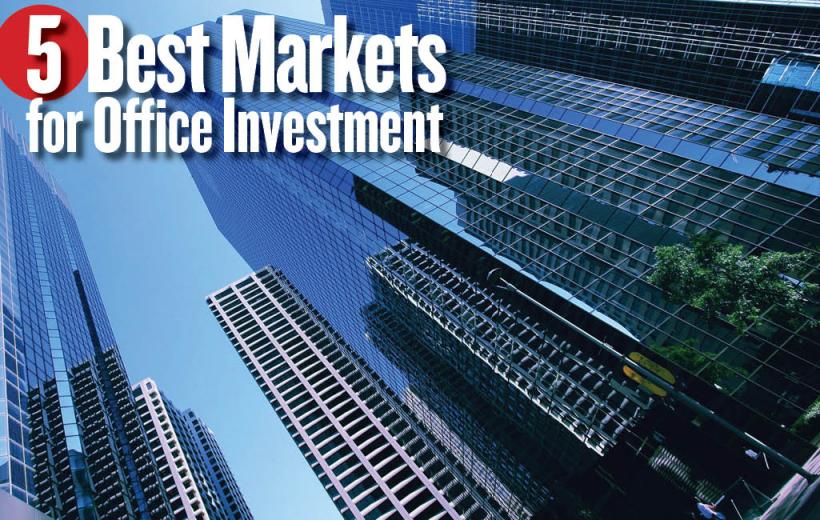1 6
1 6
ADVERTISEMENT
Pittsburgh
Austin
Austin has made the list of U.S. markets with the fastest office employment growth at 5.2 percent, reports Colliers, and there is expectation the city will continue to perform well in the year ahead. Available space is hard enough to find that tenants are happily pre-leasing new construction projects. There are a number of new developments scheduled to open in 2015/2016, but Austin will likely continue to experience rising rents and occupancy levels going forward, according to Avison Young. Combine that with the fact that sales investment volume in office buildings in Austin declined 15 percent in 2014, and the average cap rate is roughly 6.7 percent (compared to the nationwide average of 5.9 percent), according to RCA, and it looks like a bargain.
Raleigh Durham
The Raleigh-Durham market has been going strong as well. Like Austin, it boasts one of the fastest office employment growth rates in the country (at 8.7 percent), leading to office absorption reaching its highest level since the recession in 2014, according to Avison Young and Colliers. Vacancy at class-A office buildings in downtown Durham now stands below 5 percent, while asking rents for the entire market rose 4 percent year-over-year. Meanwhile, there is only a moderate amount of new construction planned for 2015, when compared with other cities around the country, and the level of investor competition is manageable (office market investment volume rose 81 percent in 2014, reports RCA).
San Francisco
Nobody will be surprised to see San Francisco on the list of hottest office markets in the country, but some people may question whether the prices San Francisco buildings command and the level of competition from other investors don’t outweigh its attractions. It’s true that San Francisco is not exactly a well-kept secret, but the city continues to experience faster than average office employment growth (at 4 percent), one of the best absorption rates in the country and a sensible level of new construction, with 3.6 million sq. ft. in the works (62 percent of it already leased). Between year-end 2013 and the third quarter of 2014, office vacancy rate in the city fell to 6 percent, while rents for class-A space rose 12 percent, reports Avison Young. If you decide to buy, you’ll be paying for those fundamentals (the average cap rate for office assets in San Francisco is 4.28 percent, according to Colliers), but it may be well worth it.
Boston
The top choice for 2015, however, may be Boston, which boasts some of the same property dynamics as San Francisco, but at more reigned-in prices. Boston has made Colliers’ list of cities with the best office absorption rates in the country, and it only has 2.7 million sq. ft. of new construction space in the pipeline. Avison Young predicts that large office space users in Boston will have to start thinking about securing new spaces several years ahead of lease expirations. Meanwhile, with an average cap rate of 5.7 percent, according to Colliers, Boston looks like a positive bargain compared to New York and San Francisco. The competition for assets may also be more subdued, as the sales investment volume in the city increased “only” 85 percent in 2014, compared to 265 percent in San Francisco, in RCA’s analysis. Over the past few years, Boston climbed from number 8 to number 5 to number 3 on RCA’s Top Office Markets list. In 2015, it may yet claim the number 1 spot.

